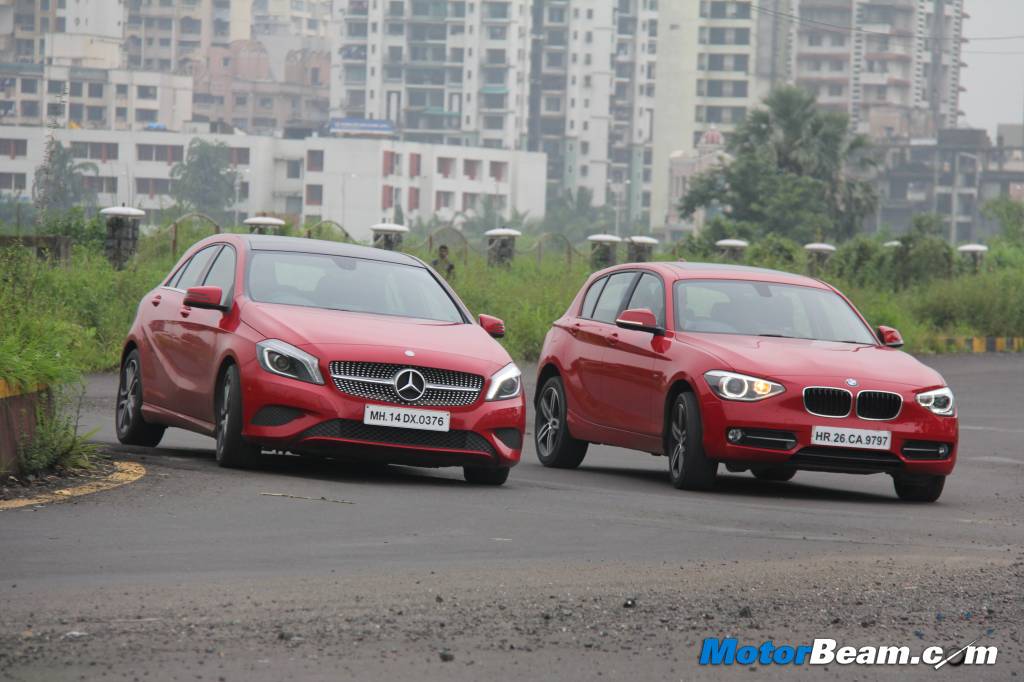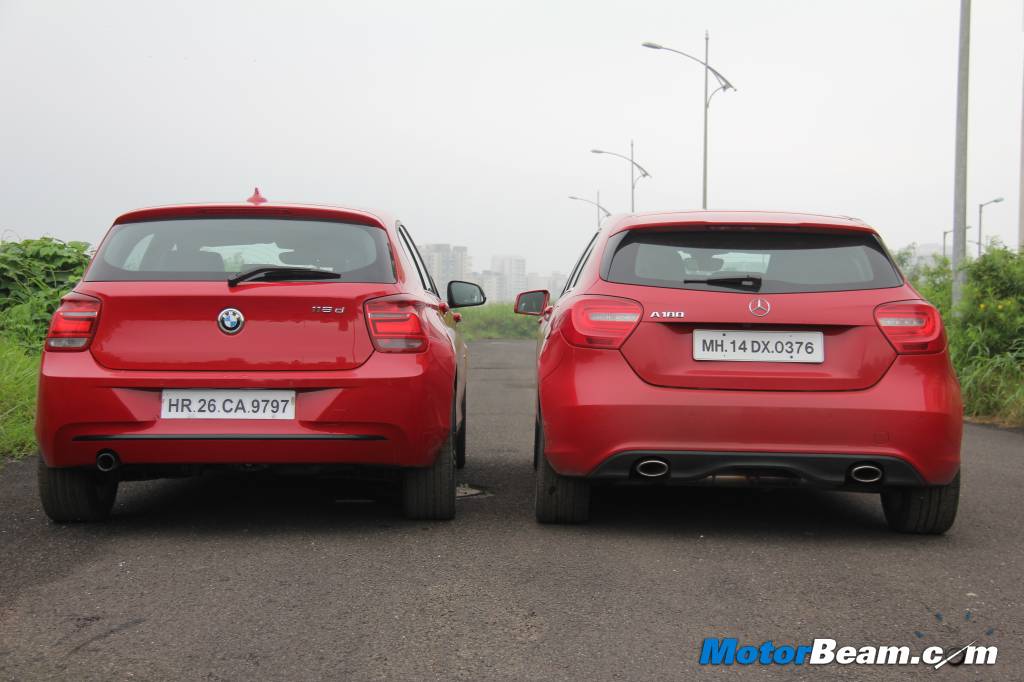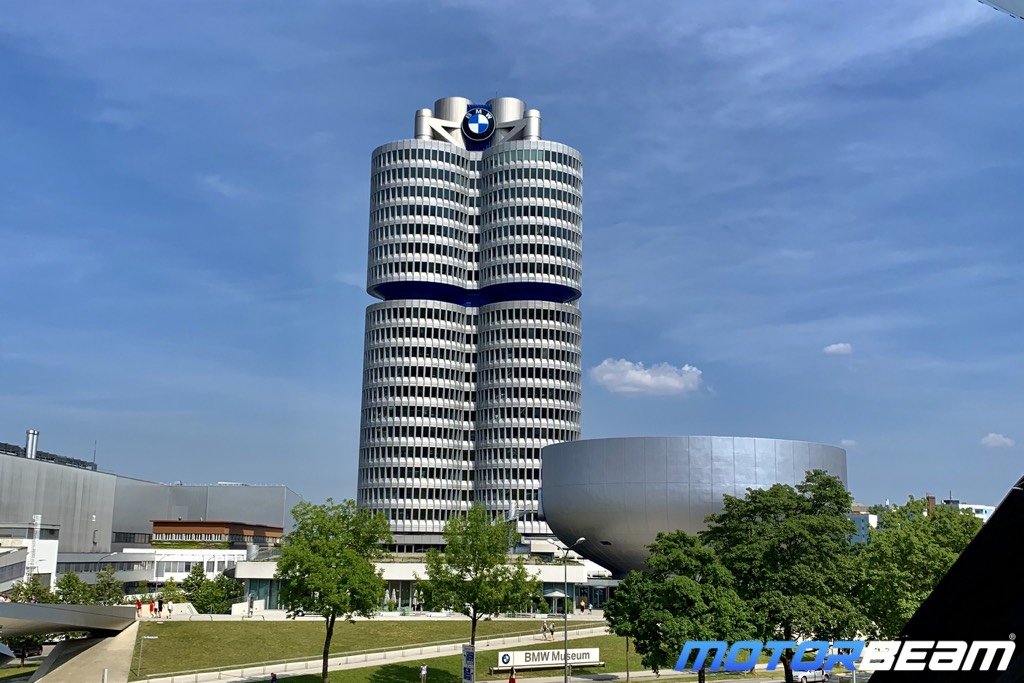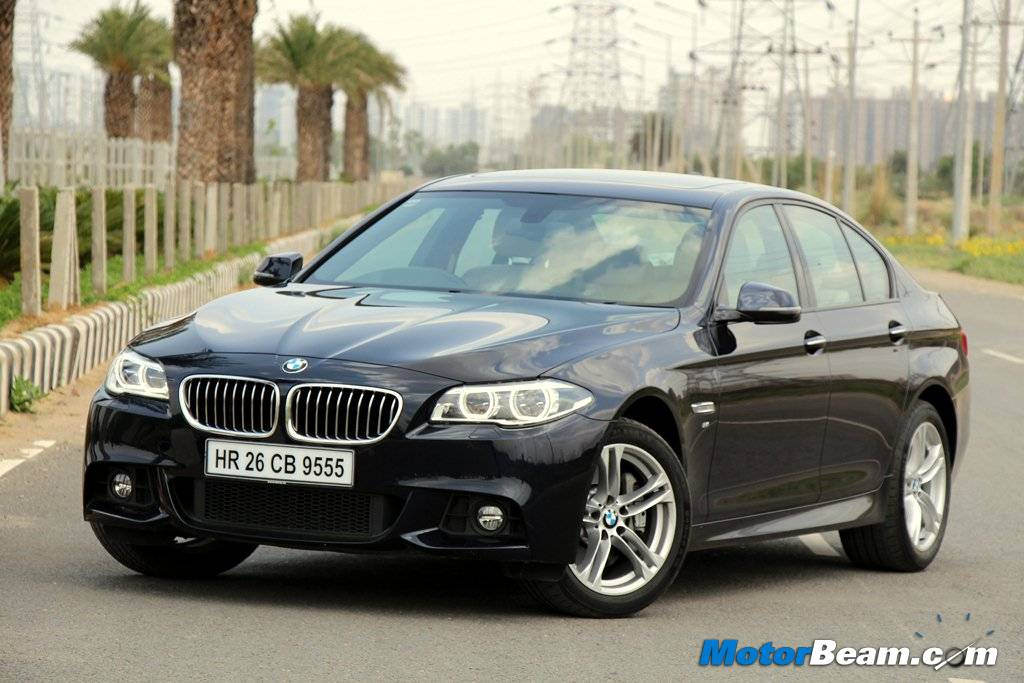German luxury brands Mercedes-Benz and BMW have announced that they will be reducing the number of platforms or architectures respectively to underpin the different brands and models from both the groups in the future. BMW will cut down its number of platforms to just two from the current five; while Mercedes will have four platforms, down from nine in the past. The use of common platforms for different models helps manufacturers stay afloat during unstable market conditions.
BMW has five basic architectures for its vehicles spread across its entire range. The company says that using common platforms are the only affordable way to expand the MINI and BMW range. The two platforms comprise of a new front wheel drive (FWD) architecture that will made its debut with the next generation MINI, and a rear-wheel drive (RWD) architecture which will debut on the redesigned 7-Series sedan in 2016. It will also help the Bavarian based manufacturer to reach its goal of selling two million units by 2016.
Mercedes’ four new architectures comprise of the MFA for FWD cars seen on the CLA sedan; the MRA for RWD cars debuted on the C-Class sedan, GLK compact crossover, S-Class sedan and Coupe as well as the E-Class in the future. The upcoming larger crossovers will feature the MHA platform for RWD and AWD cars and the MSA platform will be the basis for sports cars like the two-door SL and SLK models.
Clearly the manufacturers find lot of flexibility in consolidated vehicle platforms. Sharing platforms results into improved quality and the time taken for the product to reach the market from the conceptualisation stage is dramatically reduced. Moreover, vehicles use the same components underneath, increasing the economies of scale for the manufacturer and the customer alike. Spares are cheaper, more readily available and the cost savings are huge. The Volkswagen Group has the MQB platform that will underpin a range of new models in the company’s portfolio.
BMW also stated that their vehicles will feature similar electronic components on its future models. The company’s new FWD platform will underpin the third-generation MINI family, the 2-Series Active Tourer and the next generation X1; the RWD platform on the other hand will also be used on Rolls-Royce models with a space aluminium frame instead of BMW’s steel unibody construction. The BMW i8 plug-in hybrid and i3 electric car will not be a part of platform consolidation though.





